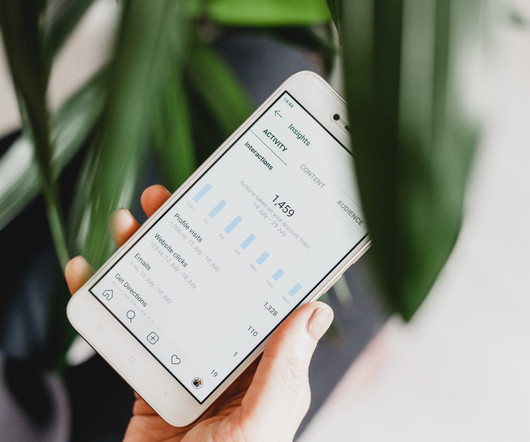8 Social Media Ideas to Inspire Donors on GivingTuesday
Neon CRM
JULY 13, 2023
When humans hear a story, the chemicals cortisol, dopamine, and oxytocin are released in our brains—the chemicals that form memories, keep us engaged, and deepen our relationships. Use Video People share video content two times more than any other type of content. Solving this problem costs only $.














Let's personalize your content